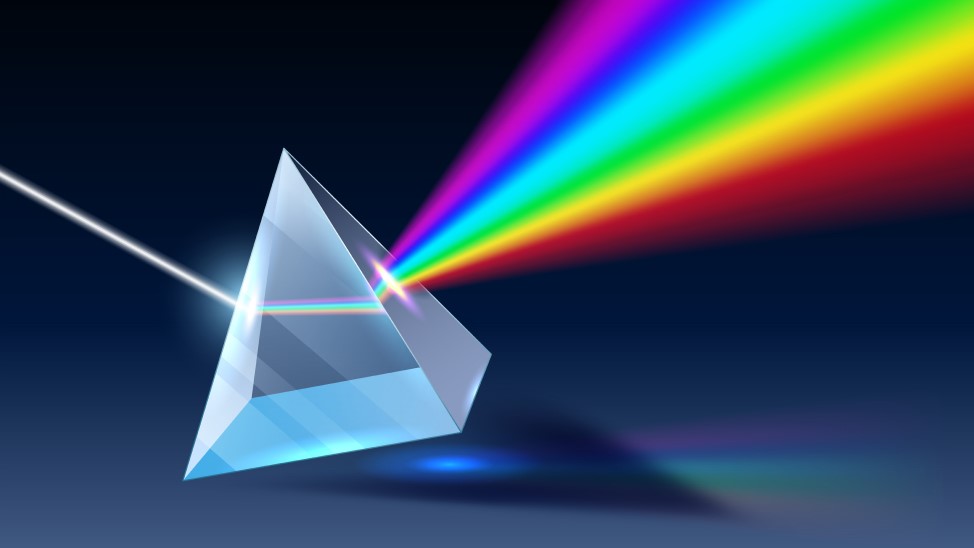


Your ultimate Guide to Lighting Vocabulary.
Accomodation is the process that enables the eye to focus on different objects. As an object approaches, the lens becomes more curved, and it flattens out for distant objects. Prescription glasses help address the eye’s limitations in adjusting the lens shape for optimal clarity.
Adaptation relates to the pupil's size and the retina's sensitivity. In low light, the pupil opens wider, and it becomes smaller as light levels rise. Changes also occur in the photochemical substances in the retina. It generally takes more time to adjust from bright to dark environments, such as when entering a dark theatre during the day, than to transition from dark to light.
The beam angle is defined as the angle at which the luminous intensity of a luminaire drops to half of its maximum value.



Illuminance measures the amount of luminous flux from a light source that strikes a specific surface. It is calculated as the ratio of luminous flux to the area of that surface. In the SI system, the unit of illuminance is Lux, while in the FPS system, it is measured in foot-candles, with one foot-candle equal to 10.76 Lux. The unit is represented as Lux (Lm), and its symbol is E.

As a surface illuminated by a light source moves farther away, it appears dimmer. In fact, it diminishes in brightness much more quickly than the distance increases. This phenomenon is described by the inverse square law, which relates illuminance (E) to intensity (I) with the formula: E = I/d², where d is the distance from the light source. For instance, if the illuminance on a surface is 40 Lux at a distance of 0.5 meters from the light source, it decreases to 10 Lux when the distance increases to 1 meter, as illustrated in the figure above.
Luminance refers to the luminous intensity of a surface in a specific direction per unit area as observed from that direction, essentially describing the brightness of the surface. Unit: Candela/sq.m Symbol: L
Luminous flux is the total amount of light emitted by a light source. It represents the power of the light provided by the source and quantifies the energy released over time in the form of visible radiation. Unit: Lumen Symbol: (Lm)
Luminous efficacy is the ratio of the total luminous flux emitted to the total input power (wattage) of the lamp. It can be calculated using the formula: Luminous efficacy = Luminous flux/Wattage.
Luminous intensity describes the amount of light emitted from a light source in a specific direction. Unit: Candela (Cd) Symbol: I


To standardize light sources and luminaires and assess the adequacy of lighting for different tasks, a scientific measurement system known as photometry has been established. Photometry is a crucial aspect of illumination engineering, covering everything from highly precise measurements performed in laboratories by standard institutes for calibrating reference sources to routine assessments in research, quality control, and field evaluations. While some field measurements can be very accurate, others often serve to provide a general overview of current lighting conditions.